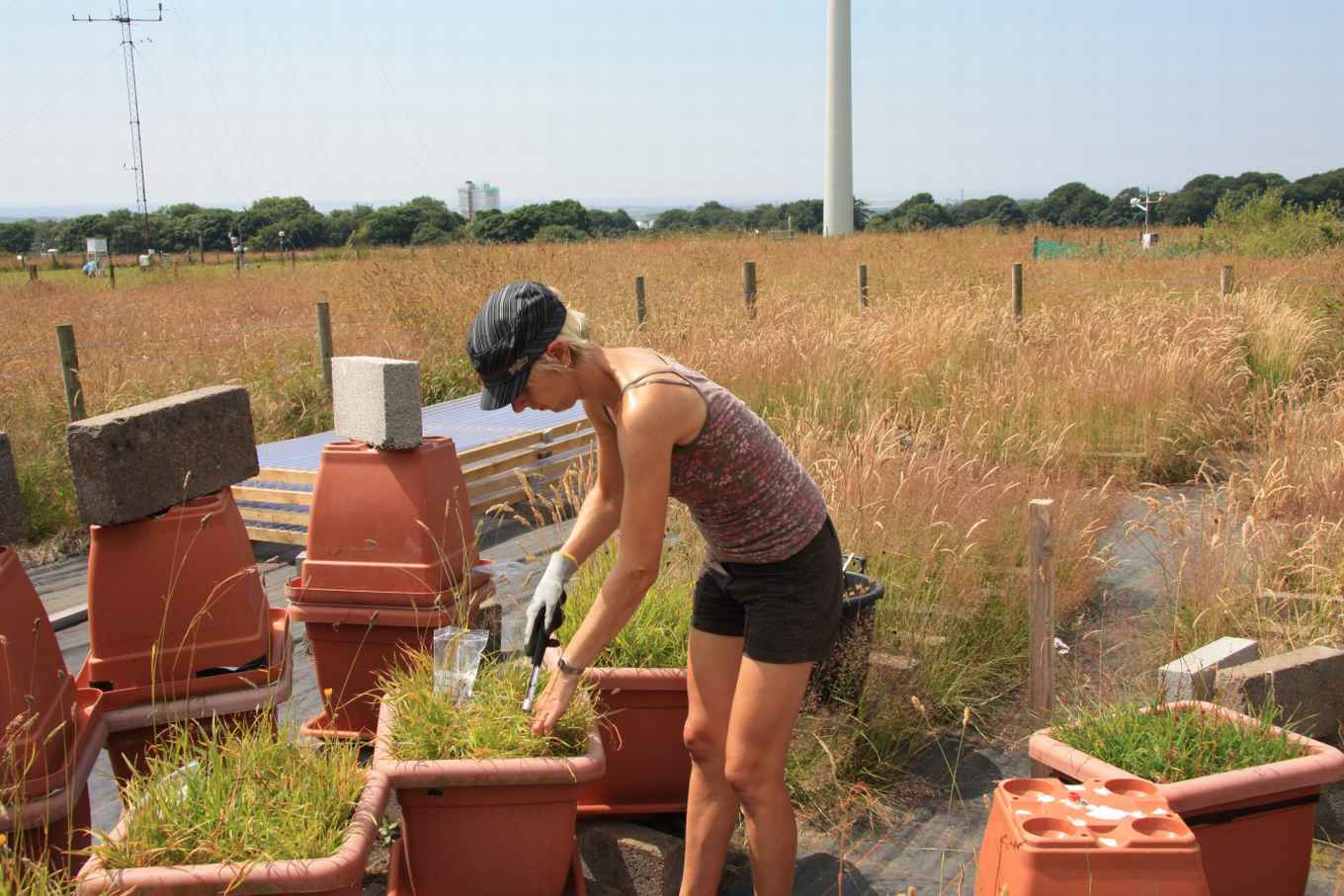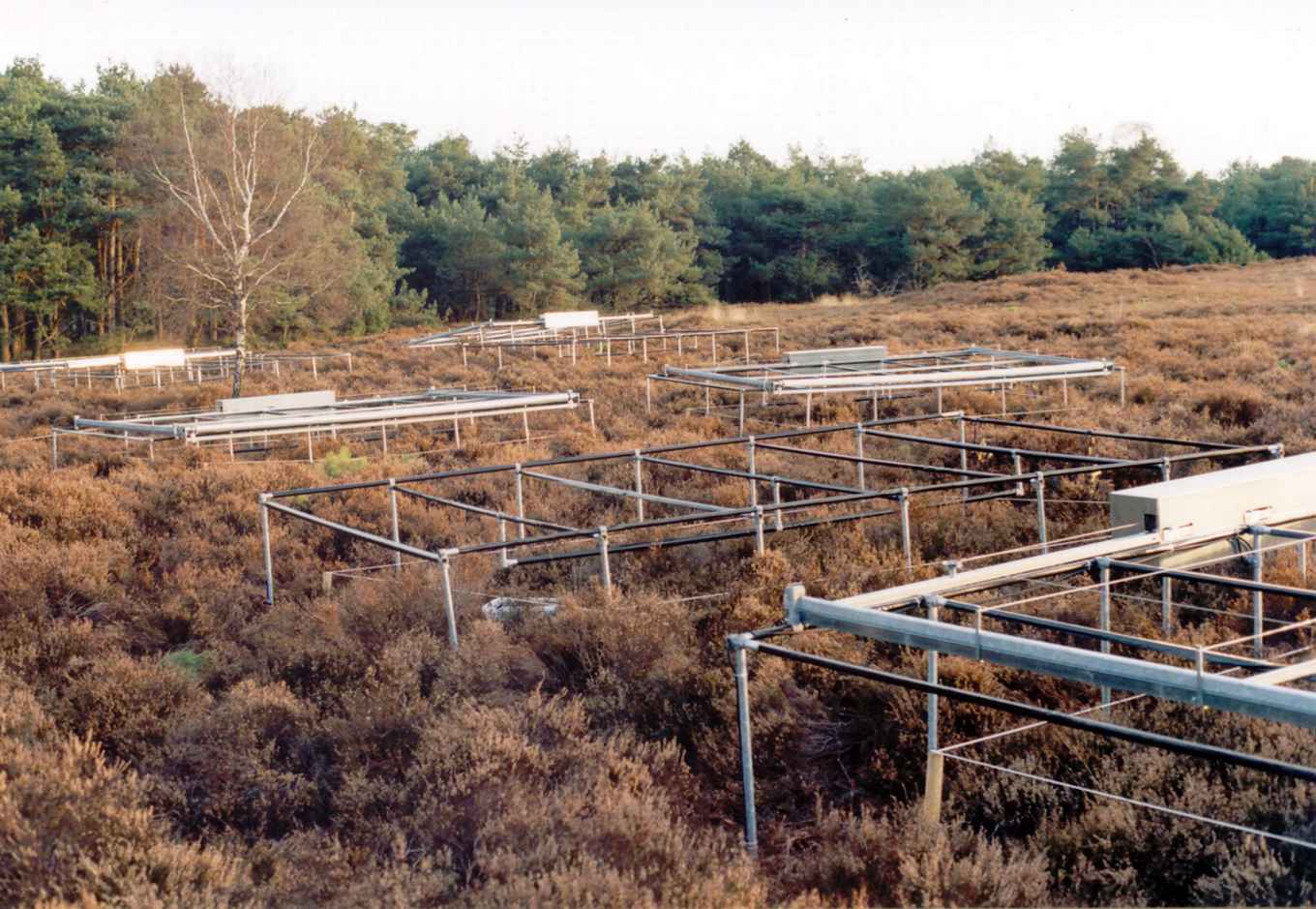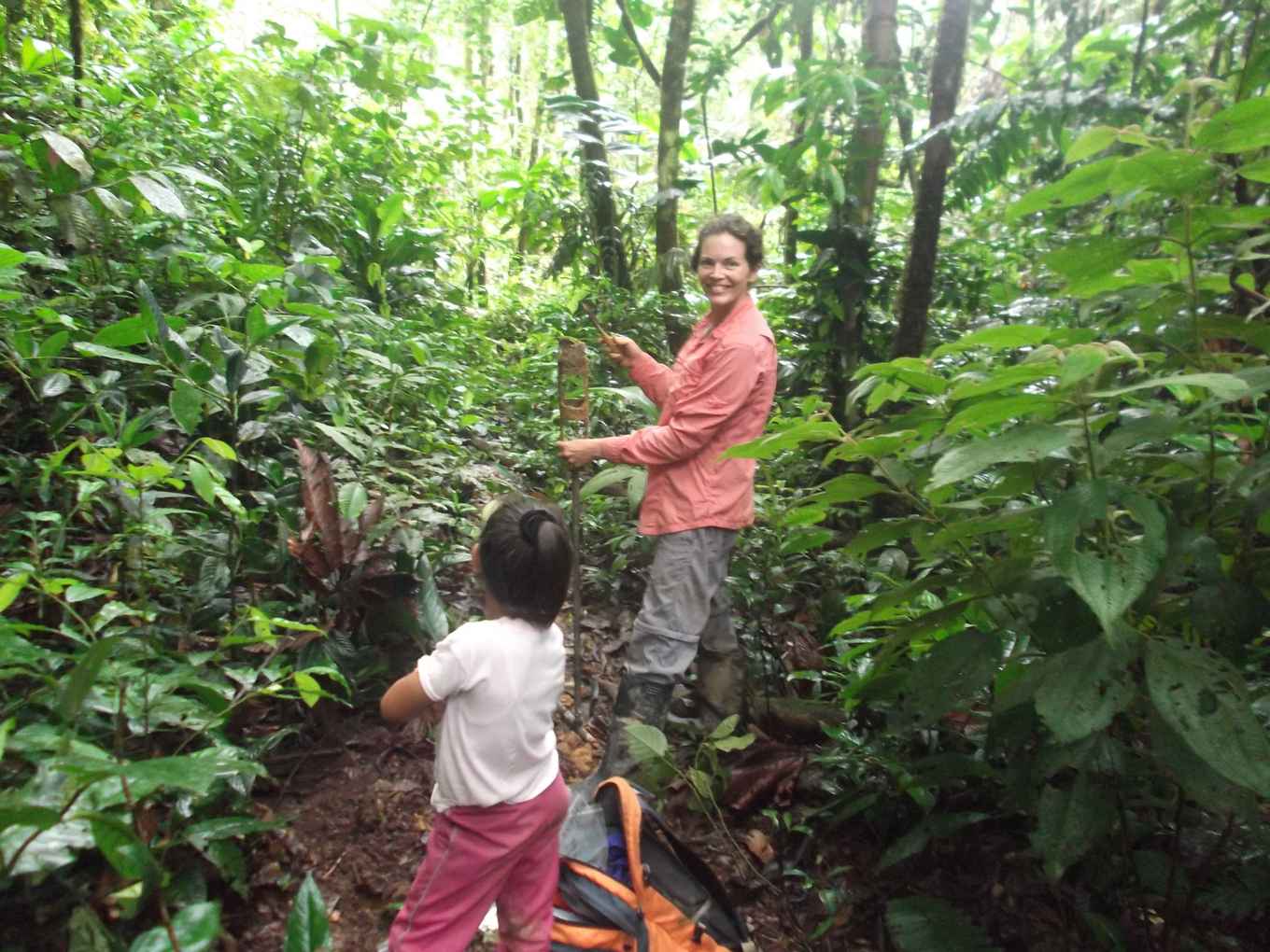Franciska de Vries and Crystal McMichael receive ERC Starting Grant
6 September 2019

Ecosystem response to drought: unravelling the unexplored role of plant-soil feedback
Franciska de Vries, Professor of Earth Surface Science, Department of Ecosystem and Landscape Dynamics, IBED
As the world has seen all too well last summer, drought is severely threatening our ecosystems and their functioning. It can cause strong shifts in plant community composition, which might lead to a new ecosystem state from which it is difficult to revert back. These shifts can have severe consequences, including a loss of species, habitat, and ecosystem function. While we would expect drought-adapted species to increase after drought, often we see a counter-intuitive increase in plant species that should be vulnerable to drought.
Here, I will test whether these ‘vulnerable’ species, that also happen to be on the rise with nitrogen enrichment and habitat loss, use the fungi and bacteria that live in the soil to improve their own regrowth after drought, and whether this causes persistent shifts in plant community composition. Me and my team (which I will recruit in the coming 6 months) will do this by using a number of long-term drought experiments across Europe, and by reviving a Dutch long-term drought experiment at Oldebroek (Veluwe).
We will also set up a new field experiment in a chronosequence of abandoned agricultural sites, which form a gradient of different plant communities. Combined with targeted mechanistic experiments, state-of-the-art metabolomics and sequencing techniques, and statistical modelling, these experiments will elucidate the role of changes in soil microbial communities in drought-induced shifts in plant community composition. This knowledge is crucial for predicting and mitigating the effects of drought on our ecosystems and preventing irreversible shifts in plant community composition.

Historic patterns of fire in the Amazone
Crystal McMichael, Assistant Professor, Department of Ecosystem and Landscape Dynamics, IBED
Amazon forests contribute vital ecosystem services, including maintaining biodiversity (>10,000 tree species) and storing large amounts of carbon. Amazonia also features prominently in global climate, carbon, and vegetation models, which assume tropical forests are effectively pristine and that past human disturbance mimicked natural processes. It is now evident that recurrent human disturbance of Amazonia, like fire and deforestation, were significant in some areas.
Since those disturbances likely modify subsequent vegetation dynamics - including temporarily increasing forest capacity to absorb carbon - the emerging paradigm of human disturbance is a challenge to global ecological understanding. The focus of my project is thus to reliably determine whether human disturbances occurred in locations that form the basis of global models. A key expected outcome is to either legitimize or force revision to these models of carbon sequestration potential in Amazonia.
I will innovatively integrate ecological, paleoecological, archaeological, chemical and biogeographic analyses to assess the degree to which past human disturbance drives the diversity patterns and carbon dynamics observed in modern Amazonian forests. For key long-term sites across Amazonia, I will quantify the: i) time since the last fire, ii) past fire frequency, extent and intensity, iii) past vegetation change in the presence and absence of human activity, and iv) continuity of past human activity over the last 1000 years.
My results will provide the first quantification of local-scale recovery processes exceeding 100 years in tropical forests, and will determine if observed forest dynamics are driven by disturbances that occurred before modern ecological surveys began. I will then quantify the extent to which past disturbances create an overestimation of carbon storage potential, driving a profound reexamination of carbon sequestration and biodiversity patterns in Amazonia. These data are particularly important given the increase in fire frequency documented in Amazonia over the last few decades.
